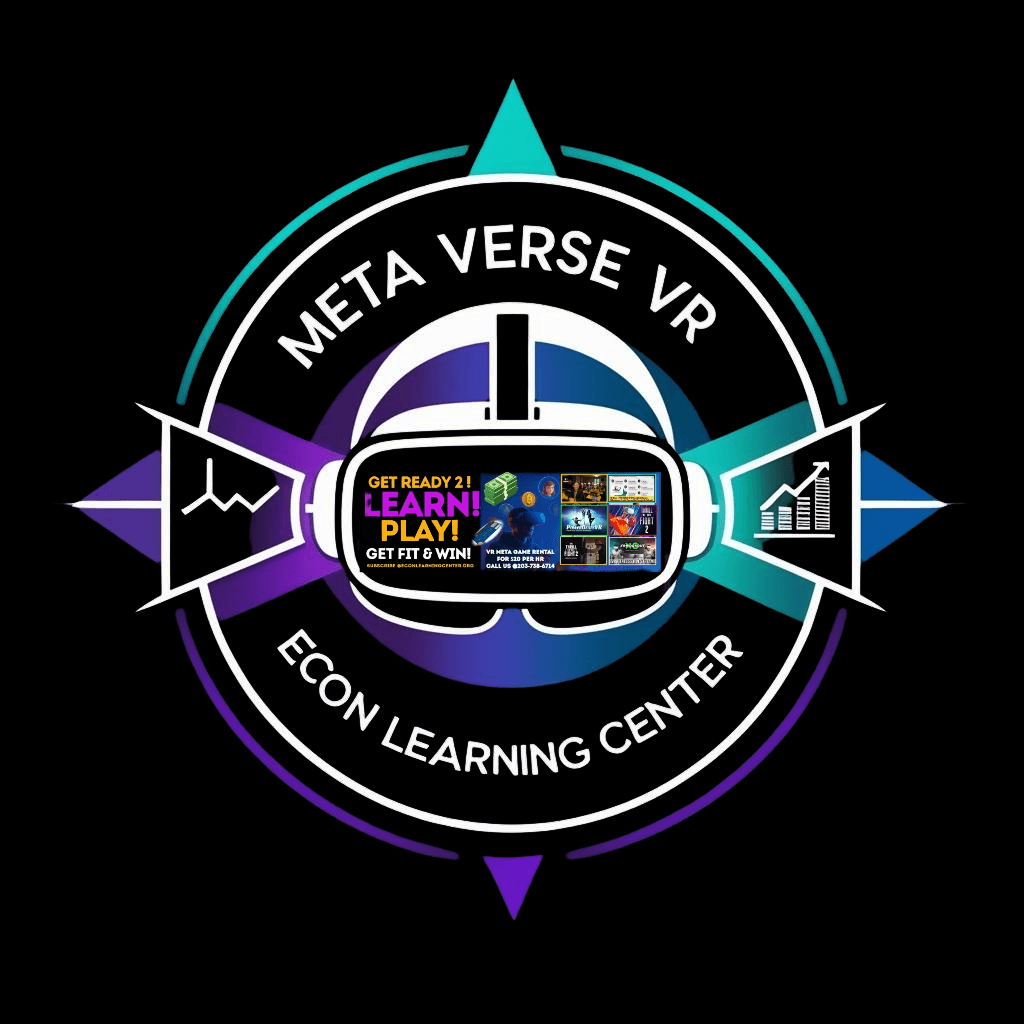- BOOK ME HERE
- About
- ENROLL HERE
- Schedule For Our Personal Financial Development 1 Year Course
- The Challenge
- ELC SHOP CLUB
- Credit Repair and Financial Education Services
- Watch Our Business Presentation
- Contact
- FAQ
- Econ Learning Center Blog
- Terms of service
- Econ Learning Center Channel
- Credit Secrets Live Tv
- ELC Meta Verse Vr Fitness ED Games
From the Classroom to the Digital World: Preparing Students for the Future
The Evolution of Education
In recent years, the landscape of education has undergone a significant transformation, transitioning from traditional classroom settings to a more digital-focused approach. This evolution is driven by the growing need to prepare students for a future dominated by technology and digital innovation. As educators, it is crucial to embrace these changes and equip students with the skills they need to thrive in a rapidly changing world.

Integrating Technology in the Classroom
Integrating technology into the classroom is one of the most effective ways to prepare students for the digital world. By incorporating tools such as tablets, laptops, and smartboards, teachers can create interactive and engaging learning experiences. These technologies not only make learning more dynamic but also help students develop critical digital literacy skills.
Moreover, leveraging educational software and online resources can enhance understanding and retention of complex subjects. For instance, virtual labs and simulations allow students to experiment and explore concepts in a risk-free environment, fostering deeper comprehension and interest in subjects like science and mathematics.
Developing Digital Literacy
Digital literacy is an essential skill for the modern workforce. It involves the ability to effectively navigate, evaluate, and create information using digital technologies. Educators play a crucial role in fostering these skills by teaching students how to research online, discern credible sources, and use digital tools responsibly.

Encouraging students to participate in coding and programming activities can also lay a strong foundation for future careers in technology. Platforms such as Scratch and Code.org offer age-appropriate challenges that inspire creativity and problem-solving abilities, vital competencies in the digital age.
Fostering Collaboration and Communication
The digital world thrives on collaboration and communication. Educators can facilitate these skills by incorporating group projects and collaborative platforms into their teaching strategies. Tools like Google Classroom and Microsoft Teams allow students to work together seamlessly, irrespective of physical location.
These platforms also help students practice effective communication in a digital setting, a skill that is highly valued in today's professional environments. By engaging in online discussions and presentations, students learn to articulate their ideas clearly and confidently.

Preparing for Future Challenges
As we prepare students for the future, it is important to focus not only on technical skills but also on adaptability and resilience. The rapid pace of technological advancement means that today's tools may be obsolete tomorrow. By fostering a growth mindset, educators can help students become lifelong learners who are open to new challenges and opportunities.
In conclusion, transitioning from the classroom to the digital world is essential for preparing students for future success. By integrating technology, developing digital literacy, fostering collaboration, and nurturing adaptability, educators can equip students with the skills they need to excel in the digital age. The future is digital, and our educational approaches must reflect this reality.
